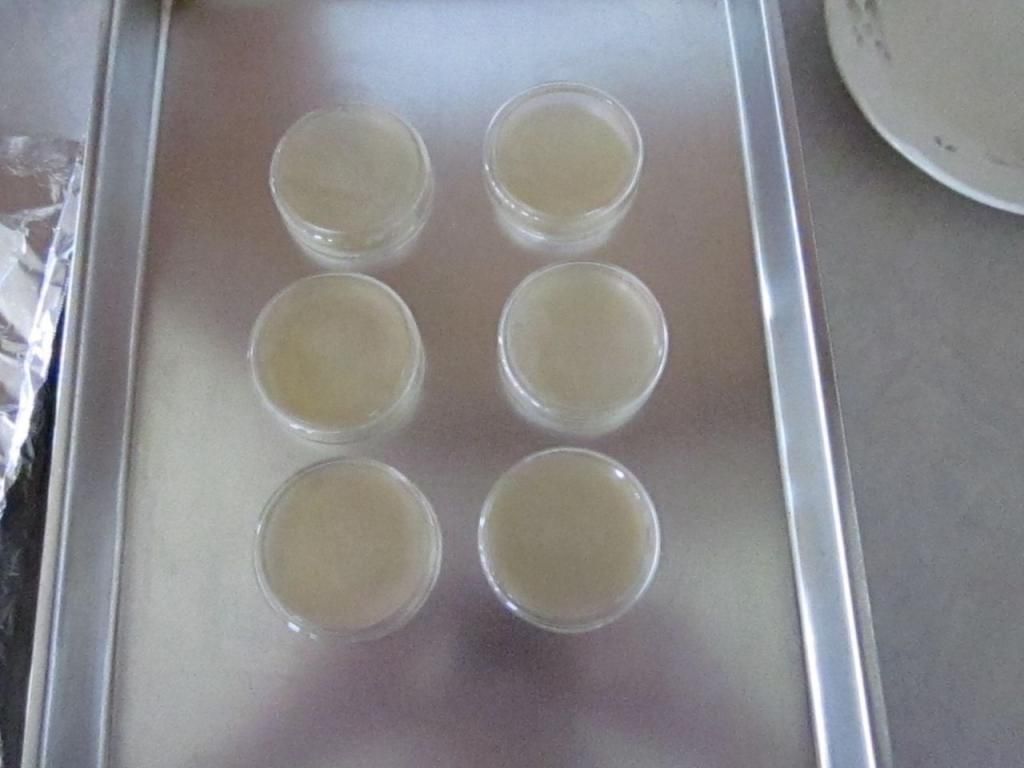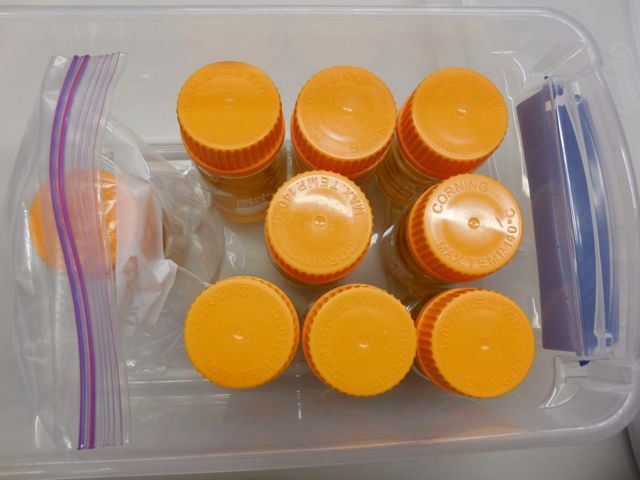Just when you think you are starting to understand something... And then you realize you were ignoring part of the equation. Learn something everyday
Frank, I would take everything on Kai's site with a grain of salt. Kai is smart guy, but a lot of his work does not pass the sniff test. Let's take how he makes plates (
http://braukaiser.com/wiki/index.php?title=Making_Plates_and_Slants). No one who knows what he/she is doing makes plates that way. The proper way to make glass plates is to dry sterilize the glassware in an oven and pressure cook the media in a separate covered container. The media is allowed to cool to between 120F and 140F before the plates are poured in the presence of a flame source.
Here's a photo of Kai's plates:

Did you notice the large droplets of water on the covers?
Here's what properly made plates look like (I poured these plates back in 2013 using the technique outlined above):

Did you notice that the covers only have a thin layer of condensation? This amount of condensation will flash off during the proofing period.
Condensation is one's enemy when making plates. Plates are stored/incubated upside down, and are turned over for streaking and inspection. The gap between the dish and the cover is not air tight, and condensation is a mold magnet. Guess what happens to large amounts of water on the cover when one turns the plate over? It ends up on the plate, dragging any microflora that made its way between the dish and the cover with it.
You do not have to take my word on it. There are several videos on the YouTube that demonstrate the process using pre-sterilized plates. Here's one:
https://www.youtube.com/watch?v=q7I5YN571kwDid you notice that the amount of condensation on the covers on the plates in the video linked above matches my plates? The flame source creates an updraft. The updraft prevents microflora from settling on a plate while the cover is off. If you look closely at the orange GL45 polypropylene cap on top of the media bottle in the video, you will see what looks like masking tape with black stripes. That tape is called autoclave tape. The black lines appear when the media has been subjected to heat and pressure levels that can render the media sterile.
Here's a photo of a piece of autoclave tape that was on one the media bottles in which I prepare 40ml absolutely sterile starter media (I stuck it to a piece of wax paper, so that I could shoot the photo):

40ml of absolutely sterile media in 100ML media bottles (first level starters when propagating a culture from slant):
